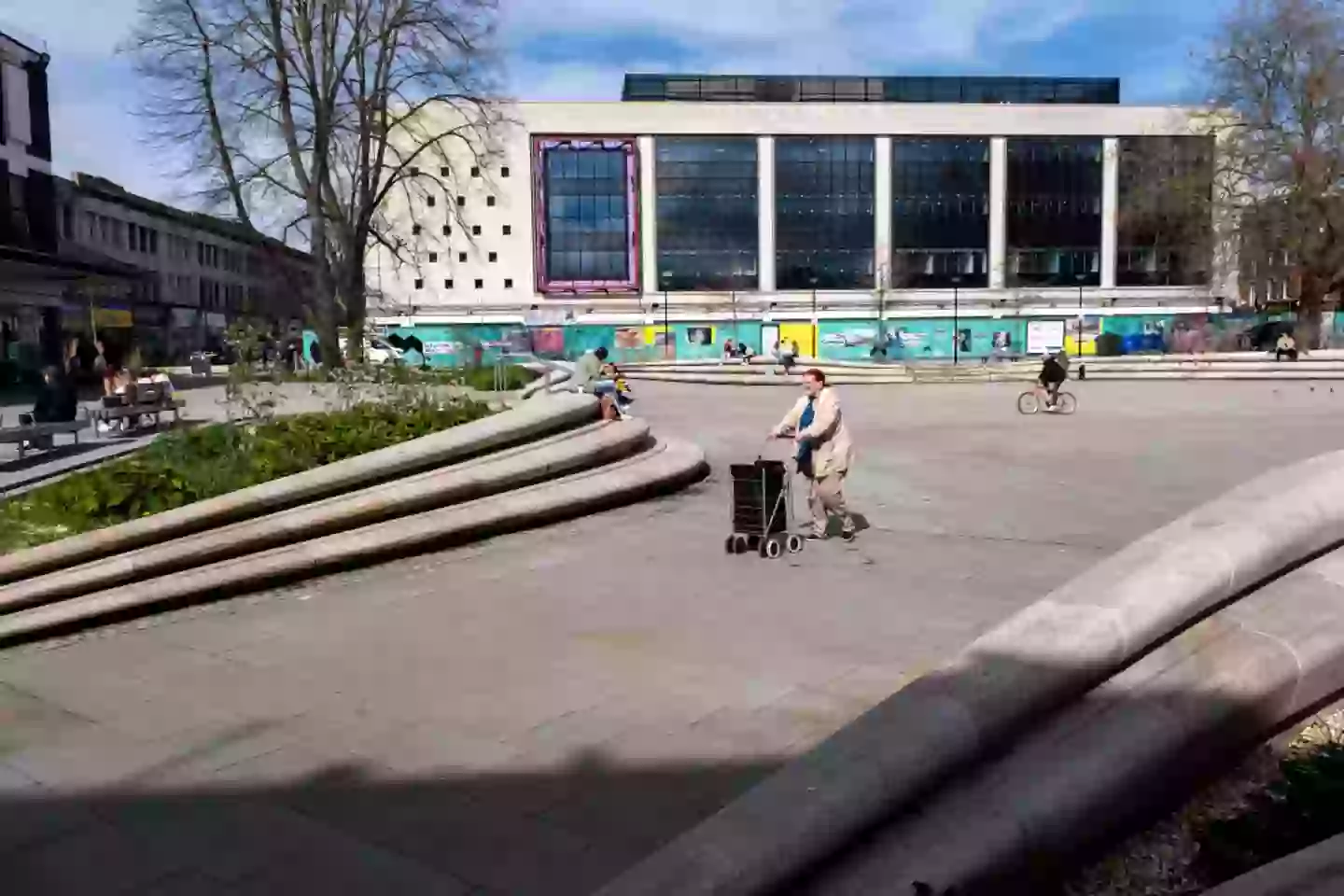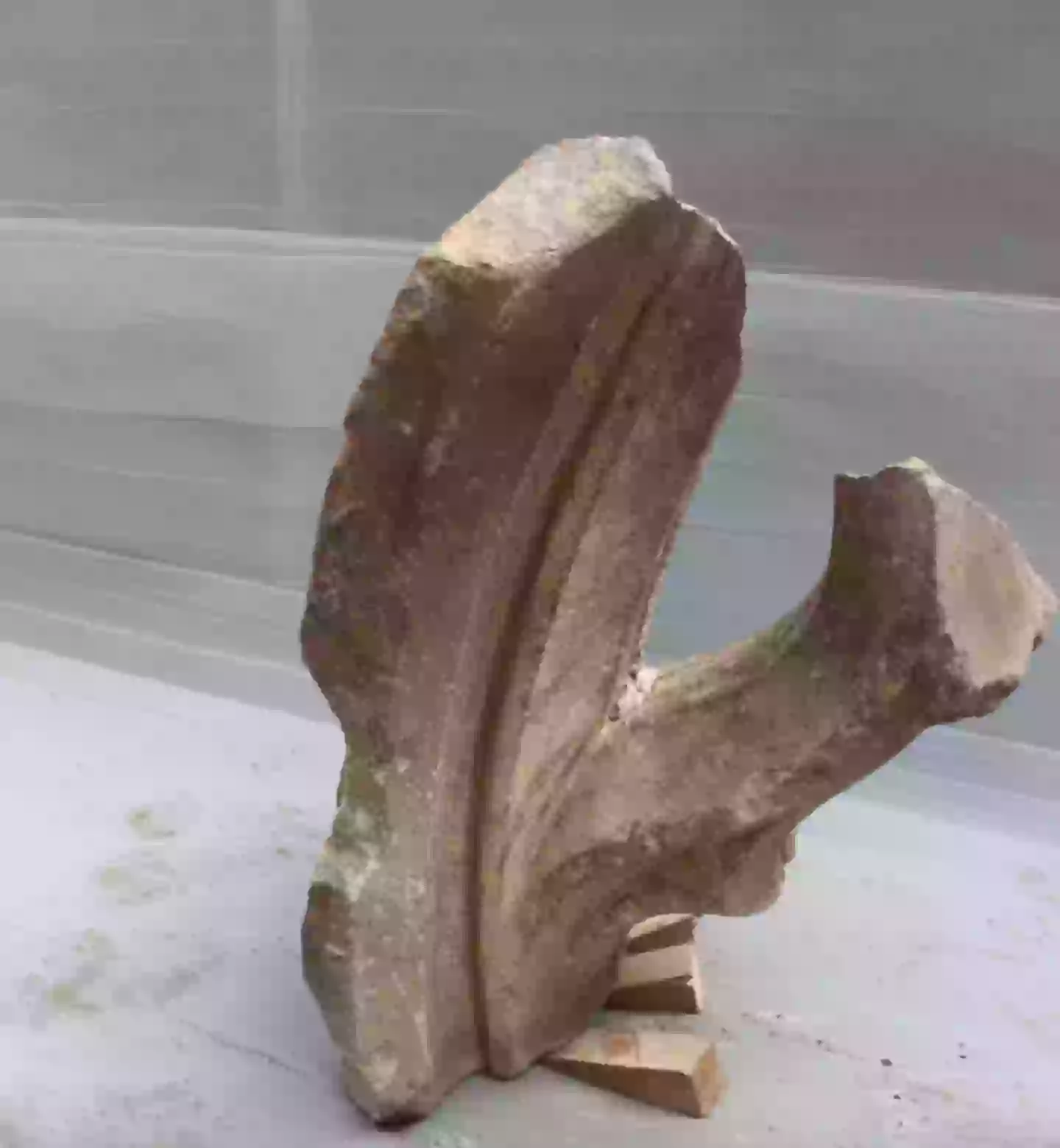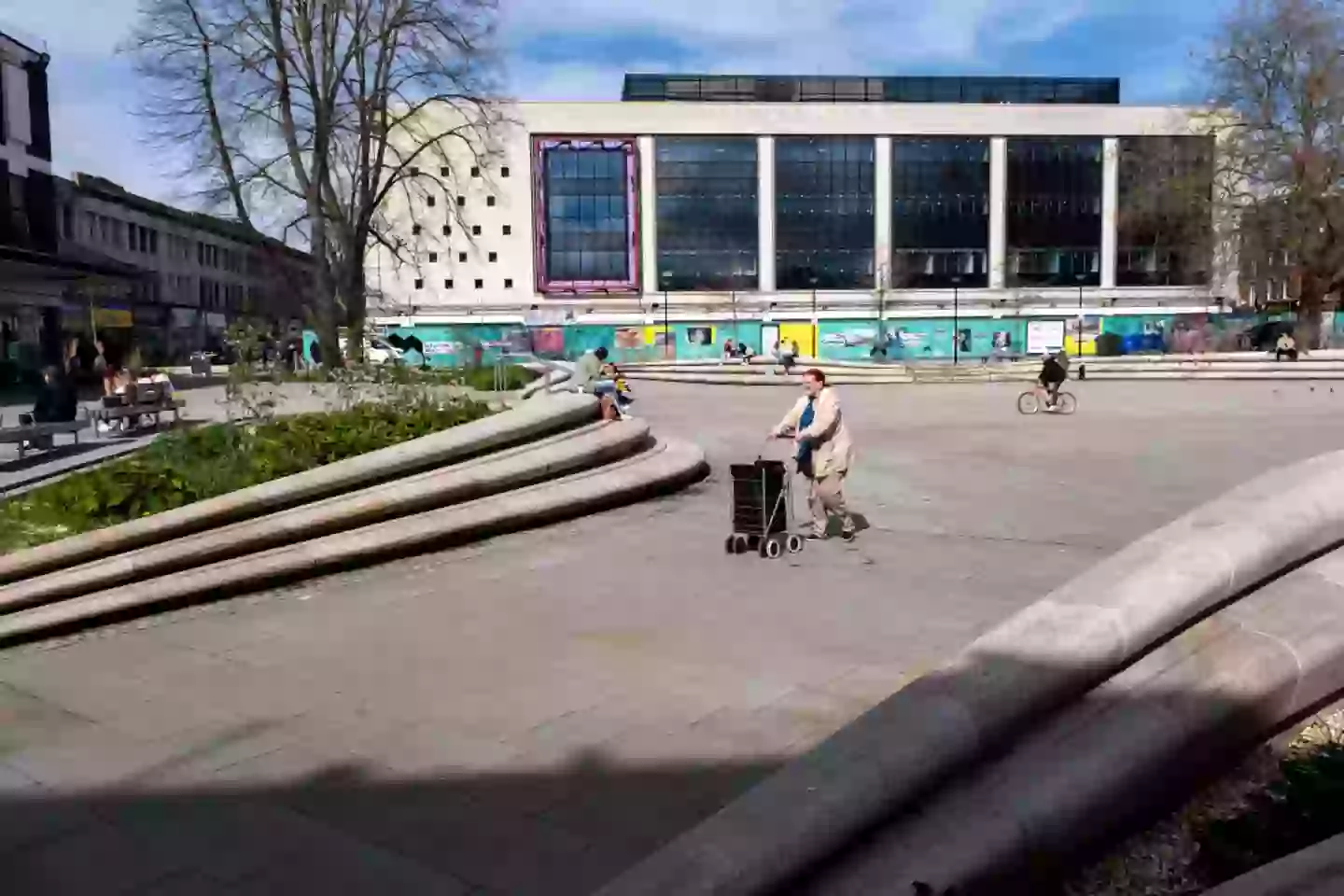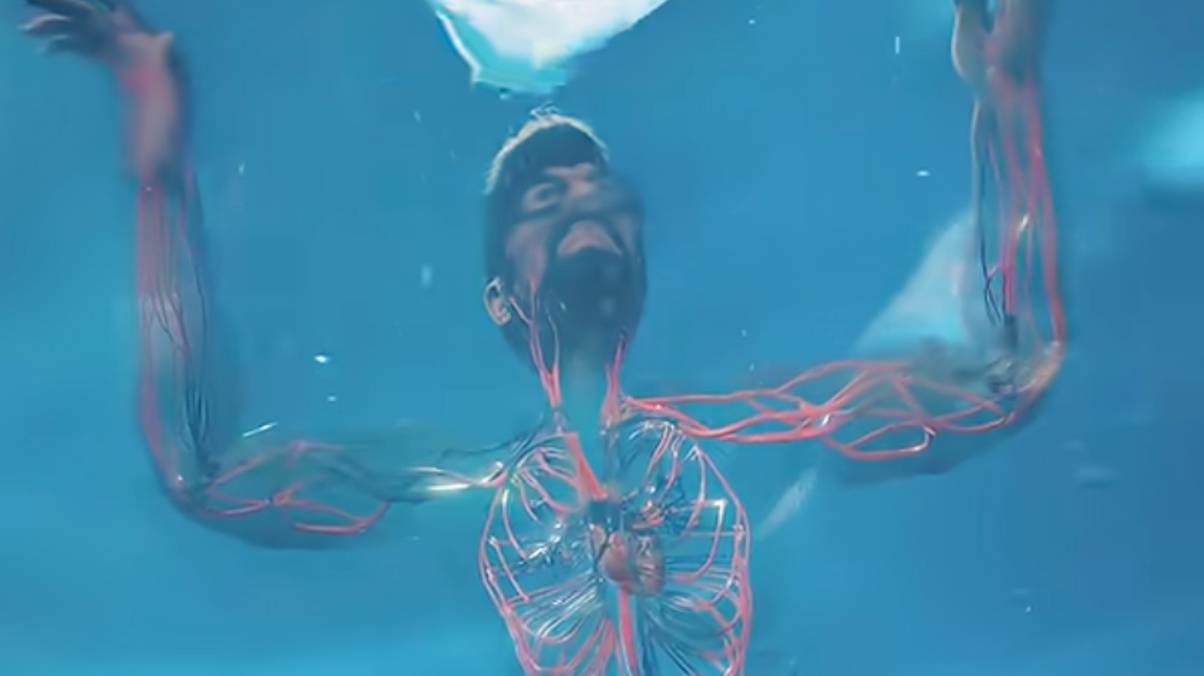Mystery Unveiled: Over 300 Ancient Skeletons Discovered Beneath Prestigious UK University Campus
Ever wondered what secrets are buried beneath the unassuming surfaces of our daily lives? Well, it turns out that the University of Gloucestershire stumbled upon a veritable pantry of the past when they decided to renovate the old Debenhams building for their expansion project in 2021. Imagine you’re planning a new campus, and instead of just finding old wiring and plumbing, you dig up a historical jackpot – over 300 skeletons and remnants of a long-lost church spanning from Roman times to the medieval era!
What does this remind me of? Picture this: a university, aiming to educate the future, inadvertently educates itself about its rich past! It’s like opening a time capsule only to find out your great-great-great grandparents were having a medieval garden party on your campus!
This unexpected twist has not only paused construction but opened a window into Gloucester’s deep historical roots, revealing how even the ground beneath our feet holds untold stories. From Roman villas to medieval burial vaults, the humble beginnings of Gloucester’s early inhabitants are now rising to the surface, quite literally.
The University plans to continue redevelopment but with respect to these finds, ensuring that the new City Campus development will include an exhibit of these historical treasures, providing a place of education and reflection. “These objects have been retained on site… and will be displayed for students, staff and visitors to City Campus to appreciate once the site is fully operational,” mentioned Cotswold Archaeology’s Steve Sheldon – now that’s what I call turning lemons into historical lemonade!
So, next time you step onto a new building site, maybe take a moment to consider what might be beneath… you just might stand where Romans once roamed or maybe even over a medieval feast.
Archaeologists have revealed further details about 300 skeletons discovered underneath a site currently under development by a UK university.
When the University of Gloucestershire decided to expand their campus by purchasing and redeveloping the former Debenhams building back in 2021, it’s unlikely they had any idea that a historical treasure trove lay underneath their feet.
However, this unlikely scenario is exactly what happened and meant that developers had to pause their work in order for archeologists to excavate the site.
Findings from the area have now been released and it paints an interesting picture of the town’s Roman and medieval past. Sharing the news in a recent update, Cotswold Archaeology and the University of Gloucestershire revealed that over 300 skeletons and fragments from an old church had been uncovered.

Regeneration has been halted by the archeological findings (Mike Kemp/In Pictures via Getty Images)
According to a press release from Cotswold Archaeology, findings stretch as far back as the 2nd century AD with remains of a villa from Roman Colonia Glevum uncovered.
The area remained an important part of historical Gloucester, with site being the location of the previously unknown St Aldate’s Church. Originally built in the medieval period, the church also contains a various burial vaults and a wider graveyard.
The press release added that 150 post-medieval burials had been uncovered in the courtyard, with deeper excavations revealing a further 170 earlier burials which date back to an earlier period.
In total, 317 skeletons and 83 brick burial vaults have been uncovered.
As well as unveiling further details about the city’s past, the excavations have also shed light on how our diets have changed over the years due to the introduction of sugar.
“As this was an urban church, the story it will tell about the health of Gloucester’s population over a period of around 1,000 years will be most interesting,” Cliff Bateman, Senior Project Officer at Cotswold Archaeology explained.

Fragments of the medieval church recovered (University of Gloucestershire)
READ MORE
MYSTERY OF 800-YEAR-OLD ‘WELL MAN’ SKELETON SOLVED
BIBLE HAS TERRIFYING MESSAGE FOR HUMANITY IN 1,000-YEAR-OLD PROPHECY
“For example, on a very basic level the impact of increased sugar in the diet during the 16th century was visibly clear in terms of dental health.”
The church was ultimately demolished in ‘mid-1650s’ with Cotswold Archaeology’s Steve Sheldon explaining that building materials were repurposed for other parish churches after the civil war.
Meanwhile the university has reiterated its plans to continue redeveloping the site as part of its new City Campus, with the university adding that findings will be on display in the building.
“These objects have been retained on site, following archaeological recording, and will be displayed on site for students, staff and visitors to City Campus to appreciate once the site is fully operational,” Sheldon added.
Auto Amazon Links: No products found.















